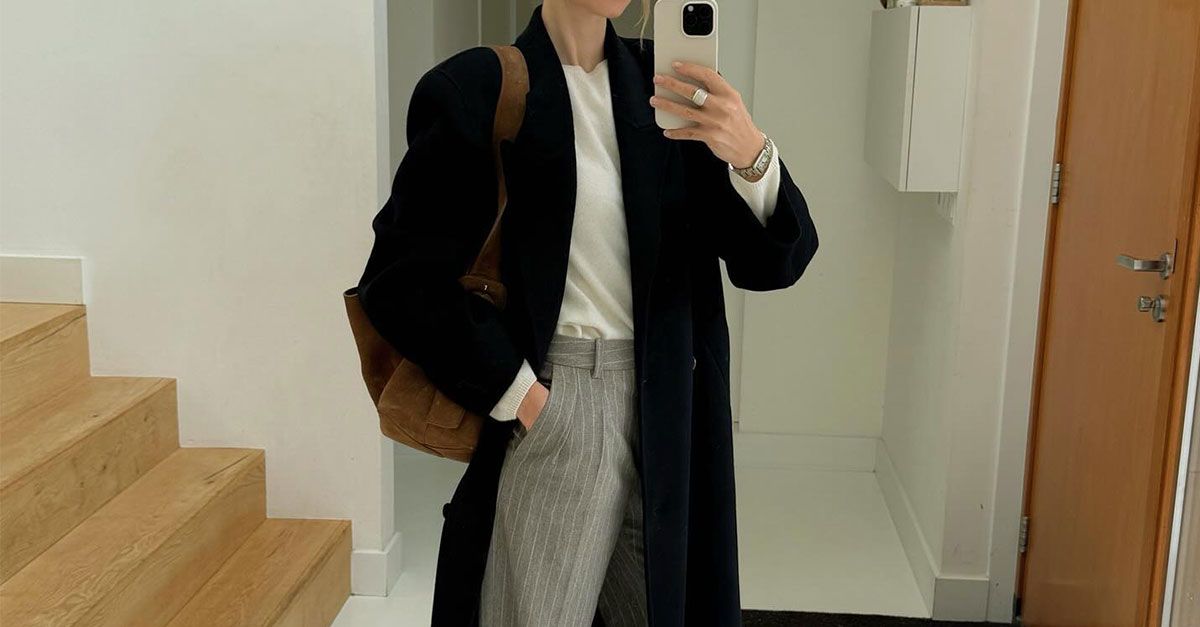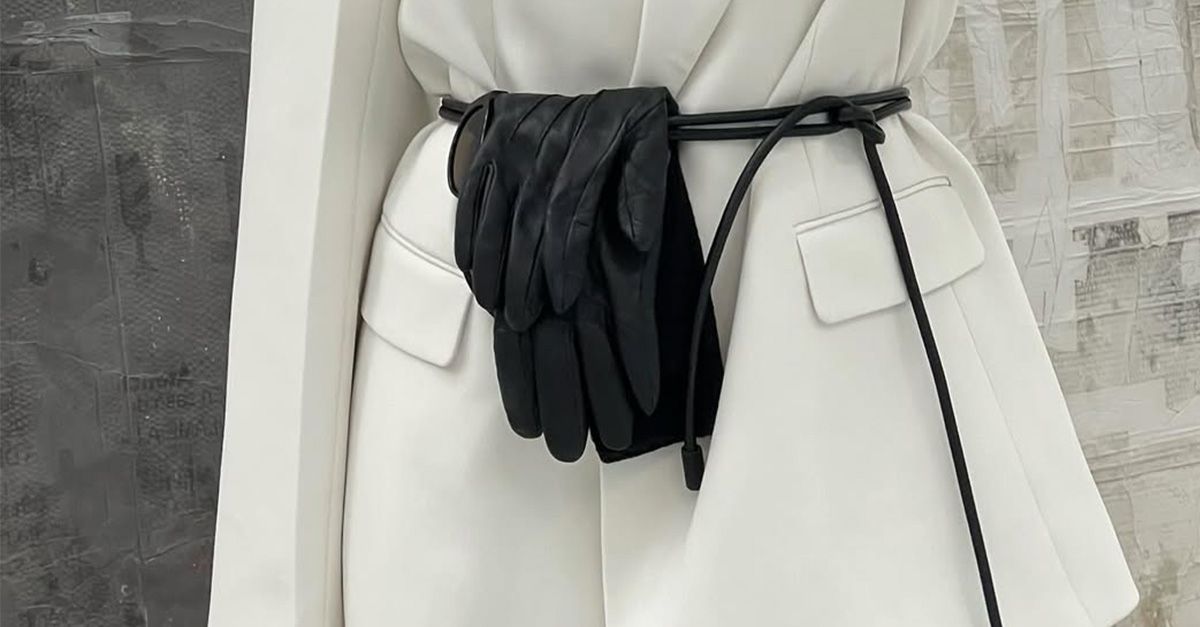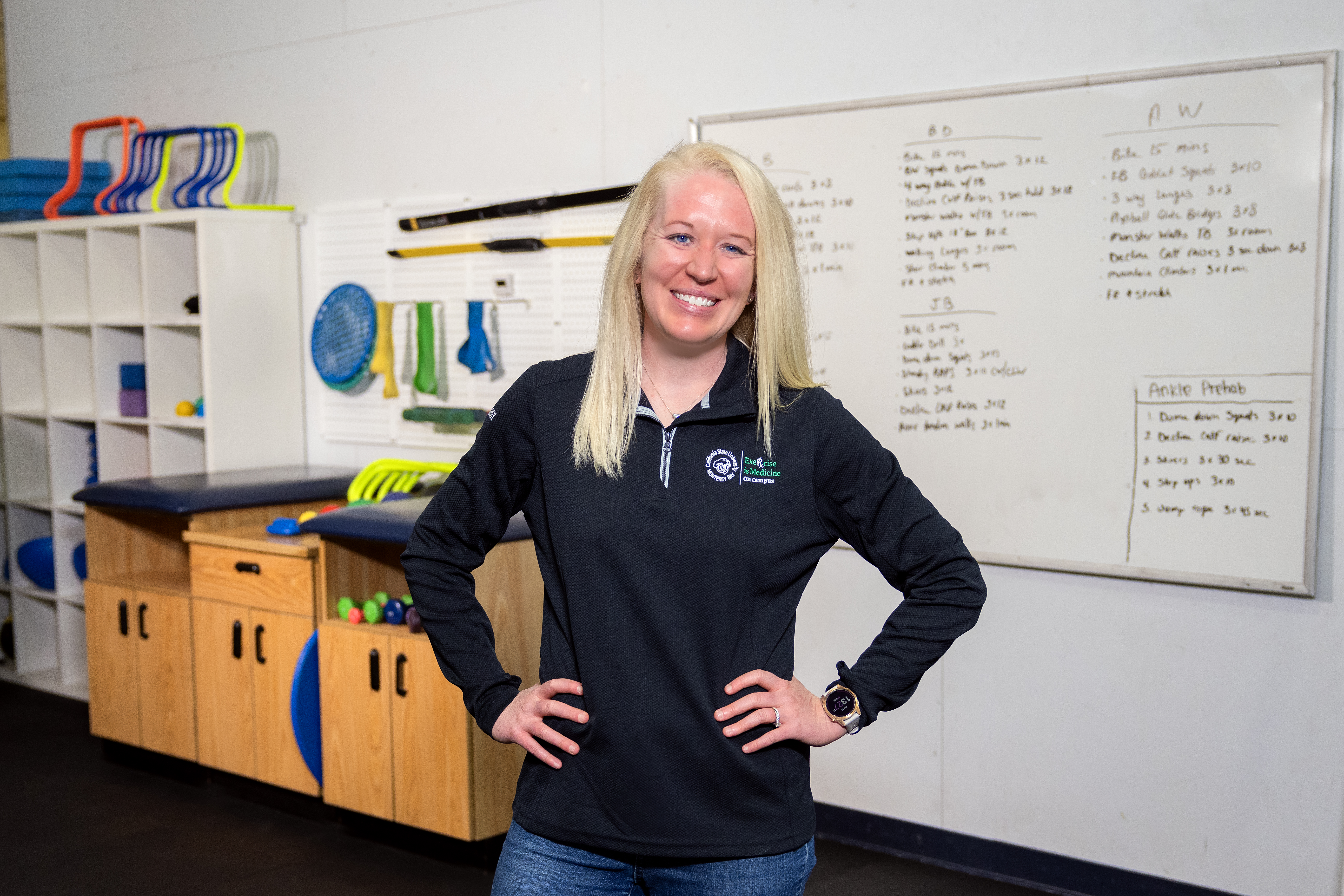Fashion
Size Matters- A Request For Inclusivity In Fashion Industries

The opinions expressed in this article are the writer’s own and do not reflect the views of Her Campus.
This article is written by a student writer from the Her Campus at UVA chapter.
As a mid- to plus-sized college student, I want the same thing that so many others do—a wardrobe filled with cute white dresses for sorority initiations, flattering tops for going out, and jeans that are comfortable enough to sit through long lectures. But somehow, this simple request never seems to be fulfilled.
Take my recent search for a dress to wear to my sorority initiation. Every dress I loved seemed to stop at a size large, and if I got lucky, an XL. Granted, I spent much of my time searching on Amazon. But still, why is it that smaller shoppers can simply click and ship a last-minute dress, while I’m left navigating endless websites—many of which I don’t even trust—to find a style I feel good in?
And even when I do find something that “fits,” it’s often outdated and unflattering. Why does it feel like larger bodies are relegated to styles that don’t celebrate us? Where are the trendy options that make us feel as confident as anyone else?
The fashion Industry’s Complicated History with Plus
Sizes and inclusivity
Historically, the fashion industry has long focused on slim, sample-sized bodies, with early luxury brands and high fashion dictating a beauty standard that idolized thinness. For decades, plus-sized shoppers were an afterthought, often directed to “specialty stores” instead of being welcomed by mainstream retailers. This trend started shifting in the 1990s and early 2000s when “plus-size” sections began appearing in major department stores. But even today, the options are limited, and the gap between trendy, accessible fashion for straight-sized versus plus-sized bodies remains unnecessarily wide.
Why So Few Options?
Several factors contribute to the lack of plus-sized clothing:
- Design Challenges: Many brands claim that creating clothing in larger sizes is more complicated due to fit and proportions. However, brands like Universal Standard and Good American have proven that in-style, well-fitting clothing for a broader range of bodies is entirely possible.
- Market Biases: Some companies still operate on outdated perceptions that plus-sized shoppers don’t want trendy clothing. Others view offering larger sizes as a “niche” market, despite the fact that over 60% of American women wear size 14 or larger.
- Cost Concerns: Brands sometimes argue that producing plus-sized clothing is more costly since it requires additional fabric and might mean changing the designs to ensure a flattering fit. Yet, brands that invest in these processes find success in their sales and customers.
Solutions for the Future
If fashion brands truly want to reach all consumers, they need to embrace inclusive design and marketing. Here are a few ways forward:
- Extended Sizing as the Norm: Instead of separate “plus-size” sections, brands can offer extended sizing for all styles. Universal Standard, for example, provides sizing from 00 to 40, ensuring no style is off-limits. However, even if companies decide to separate “plus size,” they need to offer the same options for all sizes.
- More Representation: Brands need to feature a diverse range of models, not only in body size but in race, age, and gender expression. Seeing oneself represented makes a huge difference in feeling included as a customer.
- Accessible and Affordable Sizing: Plus-sized shoppers often pay more for their clothing, which is an unfair reality, especially when you have to do more work to find the clothes. Brands should work toward creating equitable pricing so that all bodies can have plenty of options without a financial penalty.
Turning Frustration into Empowerment
While it’s easy to feel discouraged when facing limited options, there is power in demand. By continuing to support brands that prioritize inclusivity and vocalizing our needs, we send a clear message that fashion must evolve. If you’re frustrated with the lack of options, consider reaching out to your favorite brands, supporting those who advocate for inclusivity, and celebrating your style in ways that feel authentic to you.
In the end, fashion should be about self-expression, not size limits. Everyone deserves to feel good in what they wear—and the fashion industry has a responsibility to make that a reality.
Here are some brands for my fellow girlies, although not all have every option in larger sizes, I have found some nice fitting things!









